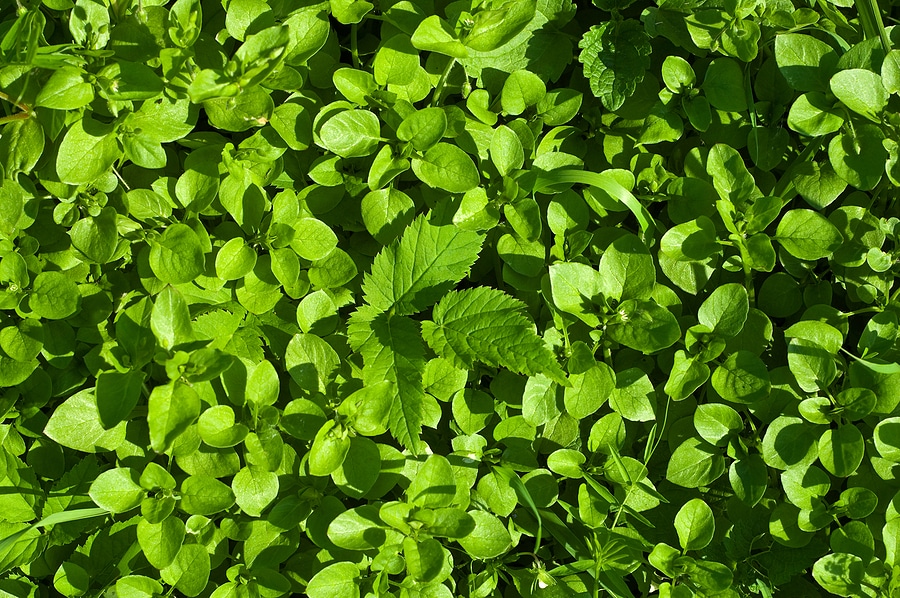While winter may conjure images of a dormant, snow-covered landscape, it doesn’t mean your lawn is immune to the presence of weeds. In fact, certain resilient varieties thrive in the cooler months, quietly establishing themselves beneath the frosty surface. Continue reading to learn more from the team at Lawn Plus LLC.

Chickweed (Stellaria Media)
Chickweed is a low-growing winter weed with small, succulent leaves. It can form dense mats in lawns, particularly in areas with compacted soil. Recognizing and addressing chickweed early on is crucial to prevent its spread.
Hairy Bittercress (Cardamine Hirsuta)
Hairy bittercress is known for its rapid growth and ability to produce seed pods explosively when disturbed. This winter annual weed can appear in lawns, flower beds, and even cracks in pavement. Regular hand-weeding or the use of herbicides can help control its spread.
Annual Bluegrass (Poa Annua)
Annual bluegrass is a cool-season grassy weed that germinates in the fall and thrives in winter. It often appears as bright green tufts amid your lawn’s regular grass. Maintaining a healthy, well-fertilized lawn can help suppress the growth of annual bluegrass.
Wild Onion and Garlic (Allium Species)
These winter perennial weeds can be particularly stubborn. Identified by their distinct onion or garlic smell when crushed, they emerge in lawns during the colder months. Hand removal is effective, but ensuring thorough root removal is essential to prevent regrowth.
Henbit (Lamium Amplexicaule)
Henbit is an annual winter weed known for its square stems and purple flowers. It can quickly spread across lawns and gardens. Regular mowing and the application of pre-emergent herbicides can help control henbit infestations.
Located in West Alexandria, Lawn Plus LLC offers professional lawn care to Dayton and the surrounding areas. Our lawn care programs can help keep your lawn healthy and weed-free. Contact us today at (937) 839-5296 to request a quote.
